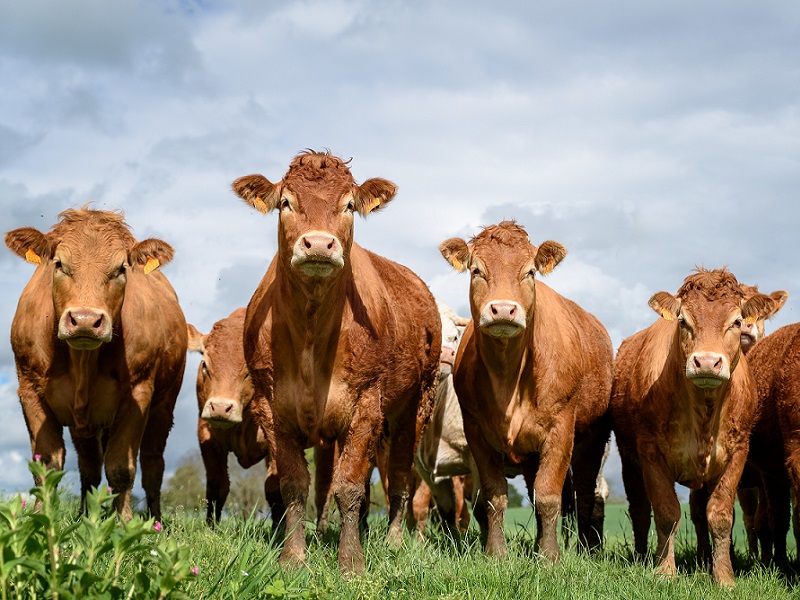Convoluted supply chains often prevent farmers from focusing on consumer needs – but better collaboration and data use could significantly improve British beef quality, farm sustainability and profits.
According to Gavin Hodgson, buying manager for meat, fish and poultry at Sainsbury’s, successful businesses all have one thing in common: Customer focus. And that’s one thing which is often lacking in the farming sector.
Speaking at the Oxford Farming Conference this month, he said: “Top businesses live and breathe their customer – everything they do leads back to the customer.” Convoluted supply chains make that difficult in agriculture; something which greater collaboration could tackle. “We need a customer-obsessed supply web so we can deliver what we need going forward.”
One difficulty is sharing data from the end user back to the primary producer, as it can often involve several different farms, explained Ian Wheal, founder of Breedr, which seeks to address this issue. “There are a number of barriers to achieving the true potential of British beef production, and collaboration is one of them.”
However, Breedr is helping farmers to form their own integrated supply chains, tracking livestock from birth to slaughter and identifying the best genetics and management to produce the perfect beef animal.
In the UK there are huge variations in the age of finished stock, and only 55% of animals meet the target specification, which affects the eating quality and consistency of beef on the supermarket shelf.
Through Breedr, 79% of users’ stock are now meeting the target specification and are finishing five months younger than average, saving farmers both time and money.
“Productivity is going to be key over the next five years, as is our environmental impact and reporting,” said Mr Wheal. By finishing stock more efficiently and within customer specifications, farmers, the environment, and the consumer all win.
According to Phil Bicknell, market intelligence director at AHDB, there is a £50,000 difference in profit between the top and bottom quartile of producers, which demonstrates the scope for improvement. “That is not down to scale or resources – most of it is down to business decisions and actions,” he said.
As the Basic Payment Scheme is phased out in England, the average lowland livestock farmer will receive £17,928 in support payments in 2020, dropping to £8,964 in 2024 and zero in 2028.
“In the long run, the big challenge is around preparing for a future with no direct payments,” said Mr Bicknell. “Only the changes we make on farm will give us the resilience we need for the future. We need to be more customer and market focused, rather than just producing a product and hoping to sell it.”
The farmer’s perspective
Ian Sturmer finishes 600 head of beef cattle with his father at Sturmer Farms, East Sussex, and has completely changed his system to improve the consistency and eating quality of his stock. “We used to buy in store cattle to finish within 30-90 days of arrival, but the finished product and physical performance was very variable,” he said.
Having spoken with chefs, supermarkets and abattoirs, he decided to focus on smaller carcasses with better eating quality and consistency. He invested in new buildings to increase the time on farm to 90 days – to better control the final feeding regime – and started working with dedicated calf rearers and dairy calf producers.
“It was a great opportunity to work together and create a financially and environmentally sustainable model,” explained Mr Sturmer. “We created welfare and feeding protocols so all of the rearers were doing the same thing, and we did a lot of work on ventilation and building design.”
Monitoring growth rates through Breedr helped to identify the impact of those changes, as well as the best genetics to use. “If you’re not measuring it you can’t manage it,” said Mr Sturmer. “If we’re going to compete with other meat products or vegetarian dishes then we need to ensure consistently good eating quality.”




